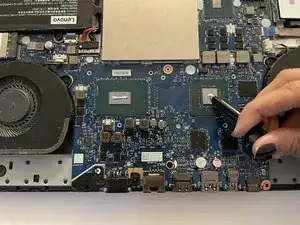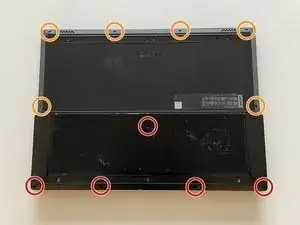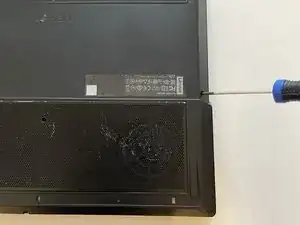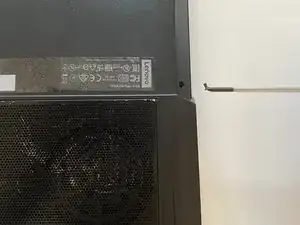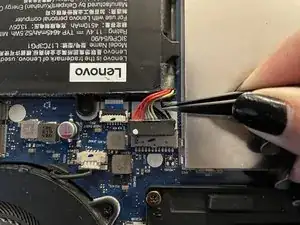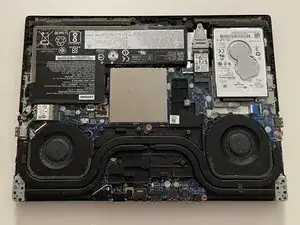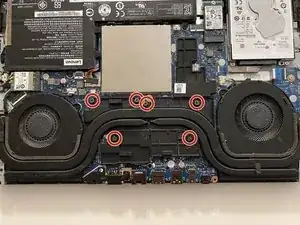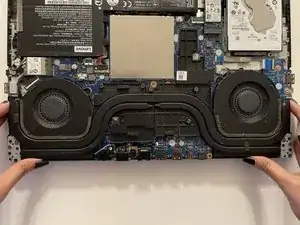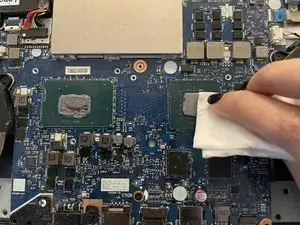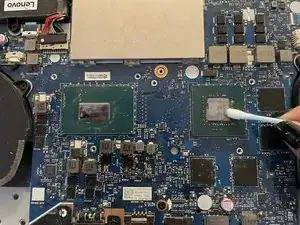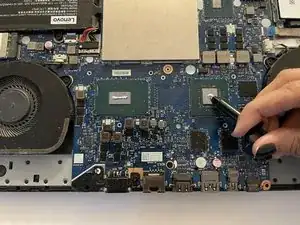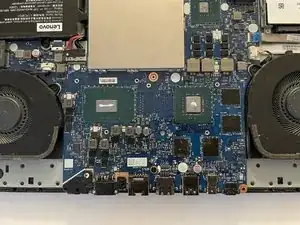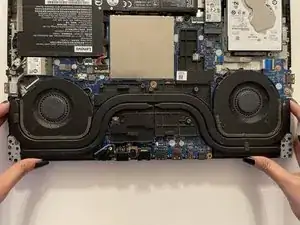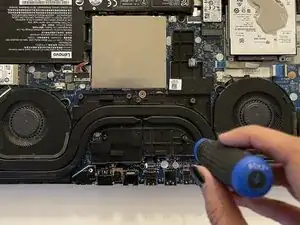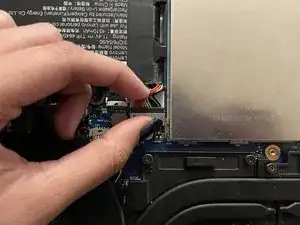Introduction
If you notice your Lenovo Legion Y530-15ICH overheating and crashing, even when processing small tasks, it might be time to replace the old thermal paste in your laptop. Over time, thermal paste can dry out and lose its effectiveness, leading to improper heat conduction and causing your laptop to overheat and under perform. On average the idle temperature of your laptop should be around 60-65 degrees Celsius, and the temperature of your laptop under heavy workload should be around 80-85 degrees Celsius. If your CPU and GPU temperatures are exceeding over 90-95, it may be due to the thermal paste.
In this guide, I will show you how to replace the old thermal paste on your laptop, allowing it to perform optimally. It is important to use good quality thermal paste, as low quality ones may degrade faster, requiring another replacement in the near future. Usually a thermal paste replacement should last you about 5-7 years.
Before starting, make sure to power off your device completely and disconnect it from any external power source.
Tools
-
-
Remove the five 7 mm screws using a Phillips #1 screwdriver.
-
Remove the six 4 mm screws using a Phillips #1 screwdriver.
-
-
-
Loosen the 6 spring screws with a Phillips #1 screwdriver.
-
Gently lift up the heatsink and set it aside.
-
-
-
Clean the bulk of the old thermal paste with a tissue dipped in high-concentration isopropyl alcohol.
-
Clean the remaining old thermal paste stuck in the crevices with cotton swabs dipped in high-concentration isopropyl alcohol.
-
-
-
Clean the backside of the heatsink with cotton swabs dipped in high-concentrate isopropyl alcohol.
-
-
-
Apply the new thermal paste, using enough to ensure most of the pad would be covered when we spread it later.
-
-
-
Put the heatsink back on and tighten the spring screws in the 1 → 6 order as marked on the surface of the heatsink.
-
-
-
Put the back cover in place and tighten all the 11 screws back on in a clockwise direction. Don't screw them too tightly to avoid damaging the plastic.
-
Start up your computer and ensure everything is functioning as normal.
